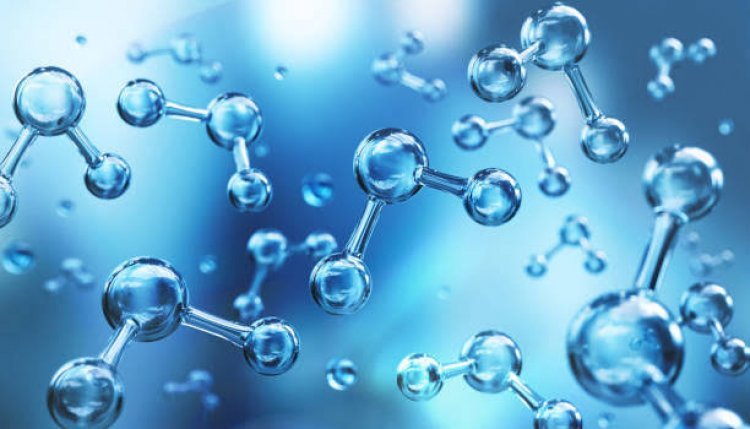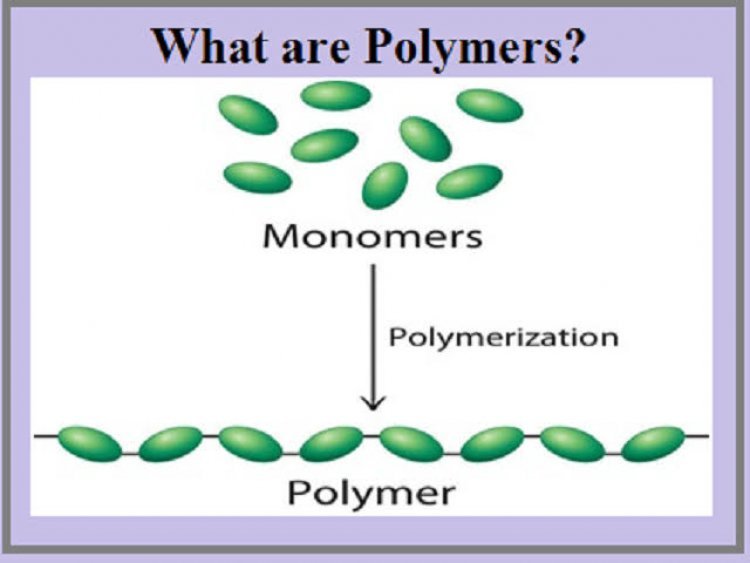Polymers and their influence in outer space
Polymers and their influence in outer space 1. Polymer and its discovery 2. Types of polymers 3. Influence of polymers in outer space.

POLYMERS AND THEIR INFLUENCE IN OUTER SPACE
Polymers can be found in every nook and corner. The discovery of polymer is a milestone in the advancement of Chemistry. The modern plastic industry, technical revolutions, and even our daily life have got a great impact on these polymers. It's very much inevitable to study polymers and their contributions to the modern world. So, this article aims to make you aware of polymers and their influence in outer space 1. Polymer and its discovery 2. Types of polymers 3. Influence of polymers in outer space.
- Polymer and its discovery

In 1907, an American scientist named Leo Hendrik Arthur Baekeland produced a Synthetic polymer named ‘Bakelite’ and thus the beginning of the 19th century saw the emergence of an element that marked the betterment of every nuance of the chemical world. Polymer is the combination of small molecules to form a larger molecule or a macromolecule. They are lighter than metals but stronger like metals and thus helped in the up-gradation of the architecture sector. Their incredible physical and chemical properties helped in the improvement of our daily life even.
- Types of Polymers
Polymers can be divided into three based on their source. Polymers that can be found in nature are called Natural polymers and man-made polymers are called Synthetic polymers. Cellulose, rubber, starch, protein, DNA, RNA are examples of natural polymers. If these natural polymers are subject to undergo some chemical reactions, Semi-synthetic polymers can be made out like cellulose nitrate, cellulose acetate. Synthetic polymers are always part of our daily life. Plastic bags, pipes, containers, tires are examples of Synthetic polymers.
According to the change that the polymers undergo when heated, can be classified into Thermoplastic polymers and Thermosetting polymers. Thermoplastic polymers are the ones that can melt like wax even after undergoing multiple times of heating and can solidify after cooling down. Nylon, polythene, polypropylene, PVC are its examples. Thermosetting polymers undergo permanent chemical change by single heating and they can’t change again. This happens due to the change in the arrangement of molecules in thermosetting polymers whereas, in thermoplastic polymers, only physical changes are happening. The polyurethane that is used to make glue are thermosetting polymers and the Bakelite used in the manufacture of plastic wires is an example of thermosetting polymers.
- Influence of polymers in outer space

We all know that polymers are lending incredible offerings to our earth, but it's appreciable that their contributions aren’t even limiting to the human world but also beyond the earth's boundaries. Rockets and satellites make use of polymers in the form of Polymer glue, to join parts in it and they can even withstand the highest and lowest temperatures. Poly tetrahydrofuran can withstand bone-chilling cold and polyimide can defend against burning hotness.
The mixture of polymer Ceramic is used to protect the outer covering of space vehicles as they absorb hotness. Even, the suits of spacemen are made up of polymers to withstand the variations in temperature.
Polymer composites are formed by the combination of integrated fillers. These polymer composites are used in the manufacture of parts of satellites like solar panels, antennas, etc. Even the fuel used in rockets makes use of polymers like polybutadiene.

















